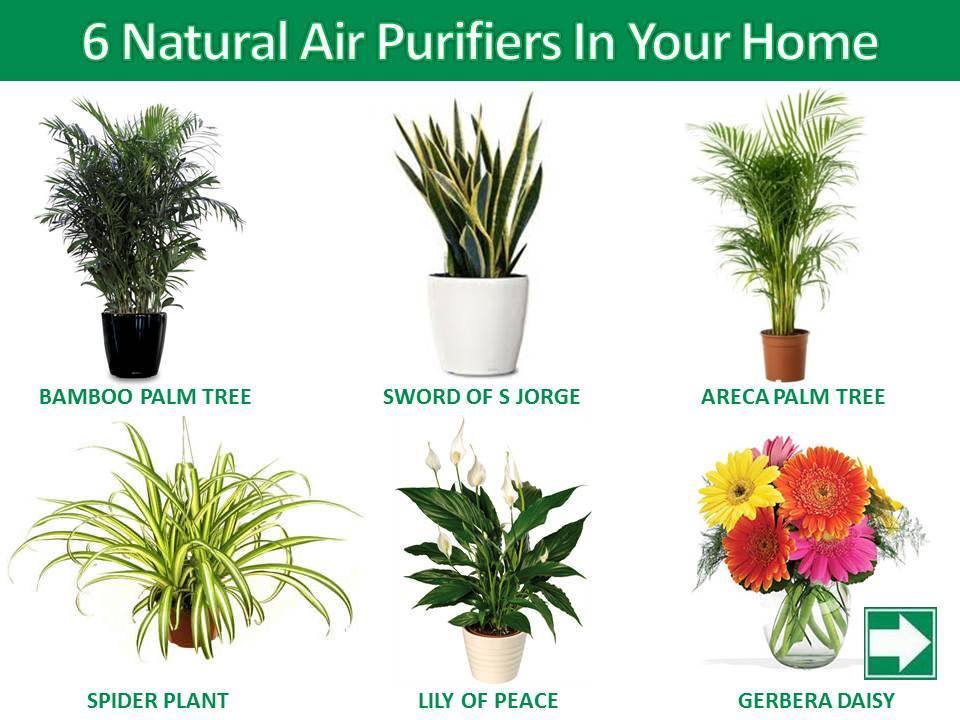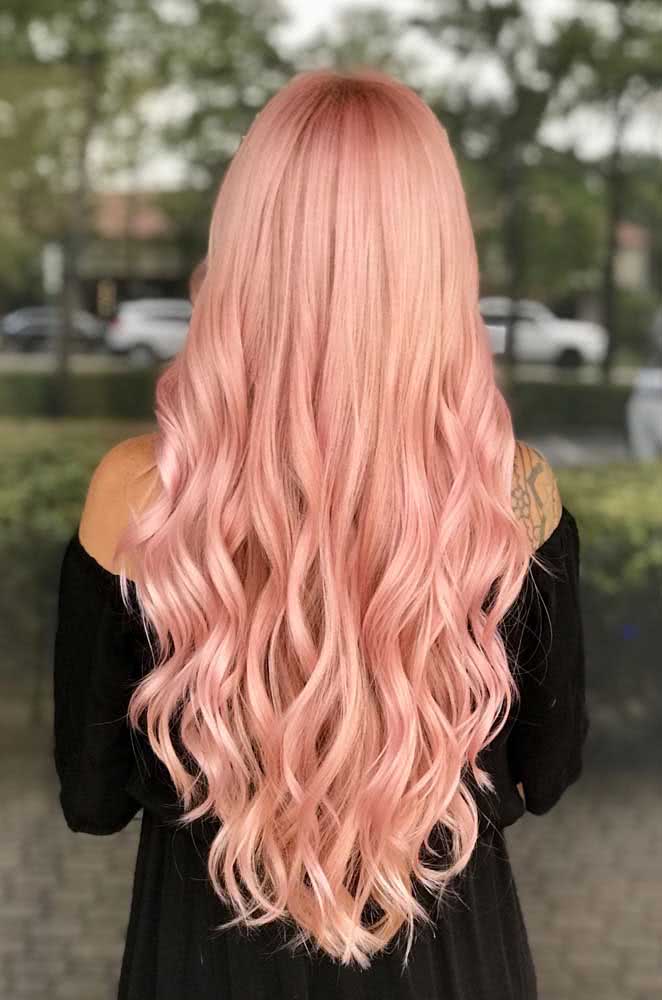Table Of Content

A member of the succulent family, it stores water in its thick leaves, and would rather be neglected than overwatered. When selecting plants for their purifying abilities, it is important to consider both the plant’s effectiveness in cleaning the air and its suitability to indoor conditions. Low maintenance plants that can thrive in limited light and require minimal care make the best choices for busy individuals seeking to create a healthier living environment.
Understanding Air Pollutants and Their Sources
An Australian study (2010) showed that ‘Janet Craig’ dracaena and the peace lily reduced negative moods (e.g., anger, anxiety, depression, stress) in office workers by 40 to 60 percent over 3 months. Mechanical or electrostatic filters can be effective in trapping particulates, but unless we remove the source, airborne chemicals are difficult to eliminate entirely. The Neo Px package includes the biodegradable, vented shell, which also has a built-in self-watering system. "Even people who don't have a green thumb at all can very easily take care of this plant," Mora said. "It might actually remove some VOCs, it just doesn't remove very much," he said. This species of bacteria can live off VOCs as their sole carbon source, metabolizing them into harmless sugars and amino acids, according to the Neoplants white paper.
Devil's ivy
This sun-loving plant makes a practical addition to any sunny kitchen window. The Snake Plant, or Sansevieria, is a resilient purifier that excels in filtering out toxins such as xylene, toluene, and benzene. The Environmental Protection Agency (EPA) recognizes the presence of these contaminants in indoor environments which, at higher concentrations, may pose health risks. Studies, including those by NASA, have investigated the potential of plants to absorb these toxins, albeit in controlled laboratory settings. Read on to learn about the 21 best air-purifying plants, along with the specific toxins each one helps to filter.
What Do Plants Have to Do with Indoor Air?
The reading I’ve done suggests that you need one plant for every 100 square feet. So, you wouldn’t need to turn your home into a jungle, but you’d probably need two or three plants in medium and large rooms. As a Team, we've almost 50 years of hands-on experience and various horticulture skills.
Air pollution is also one of the reasons the can affect your digestive system. The question was what kind of houseplant is good for east exposures with little sub. However even if some of your own plants didn't make it into the list there is no reason to see this as a negative. Numerous scientific studies around this time were exploring "sick building syndrome" and people were becoming more concerned about exposure to chemicals.

The good news is that you can perk up a dim corner in your office or cubicle with a desk plant that can also be put to work (pun intended) cleaning your office air. Office environments can feel far removed from nature, fresh air, and natural sunlight, and employees may leave plants unattended for days or weeks without watering them. In fact, the plants studied by NASA in 1989 were primarily low-light plants because the research aimed to assess plants' ability to improve life in a space station. Peace lilies look lovely propped up by your windowsill, and they’re able to filter out many harmful toxins. The moisture given off by these houseplants boosts the humidity in the room and suppresses airborne microbes that can lead to allergies. If you suffer from dry nasal passages, the peace lily helps to rid the bedroom of indoor air pollutants that cause dryness.
In addition to variety, grouping your plants closely to one another (as they would be in nature) is beneficial too. Various types of popular dracaena species have topped lists in clean air studies. One with promising results, conducted in 2016 by researchers in New York and presented by the American Chemical Society, found the dracaena plant absorbed 94% of acetone in the air. Dracaena fragrans, or the corn plant, best filters nitrogen dioxide indoors. Additionally, weeping fig and rubber trees (one of the plant kingdom's highest oxygen producers) are floor plants that have been shown to aid in air filtration and removal of VOCs.

The more plants you have, the more harmful chemicals you can remove. The English ivy, gerbera daisy, and snake plants have the best surface area to air purification ratio, so grow as many of them as possible. As a houseplant, the peace lily is known for being easy to grow and a great choice for novice gardeners. It has long, white flowers and can reach up to three feet in size.
The 15 Best Air Purifying Plants to Buy Online Now - ELLE Decor
The 15 Best Air Purifying Plants to Buy Online Now.
Posted: Fri, 17 Mar 2023 07:00:00 GMT [source]
They release oxygen and remove air pollutants at night while you sleep! These pretty plants, with their bright flowers and green foliage, do best with bright, indirect sunlight or fluorescent office lighting. This drought-tolerant plant doesn’t need much maintenance, but it will get root rot if you over-water it or don’t provide good drainage. Spider plants also remove carbon monoxide, which you may find in rooms with fireplaces or stoves. Just keep it moist in a semi-sunny to shady spot, and it will thrive.
People that have struggled to keep plants alive can rejoice – this vining pothos plant type is incredibly hard to kill. This indoor vine plant doubles as an effective eliminator of carbon monoxide as well. Its vines grow fairly quickly and look great suspended from elevated areas – it’s one of the best indoor hanging plants. The plants listed above are some of the best at removing airborne toxins, but they’re by no means the only houseplants that will get the job done. Most plants will absorb toxins to some degree, and the NASA study also found that with continued exposure over a period of six weeks, houseplants doubled their capacity to clean up the air. Naturally found in rainforests, this plant needs indirect sunlight, humid temperatures, and water to grow.
Potted plants are a joy to keep and cultivate, but if you choose the wrong species, keeping them alive can become a chore. These colorful Chrysanthemum plants do more than brighten a room with their vivid colors; they are also great for getting rid of indoor air pollutants. It thrives in low light, and humid conditions, so consider making it one of your bathroom plants. They are also known for absorbing carbon dioxide and releasing oxygen at night. Indoor air pollution is more hazardous than outdoor air pollution.
This soil should allow water to pass through while maintaining enough moisture to keep roots hydrated. A mix might include materials like peat, perlite, and pine bark to enhance drainage. Some air purifying plants, such as English ivy, thrive in a well-draining mixture that prevents water from lingering around their roots. The NASA Clean Air Study suggested that certain houseplants can remove trace levels of toxic vapors, potentially aiding in the improvement of indoor air quality.
A NASA study even highlighted several plants that excelled in cleaning the air around them. If you're looking to breathe easier, but don't want to purchase an air purifier, opt for one of these plants for their ability to improve indoor air quality. It is an easy plant to cultivate indoors as it requires less watering than other plants.

No comments:
Post a Comment